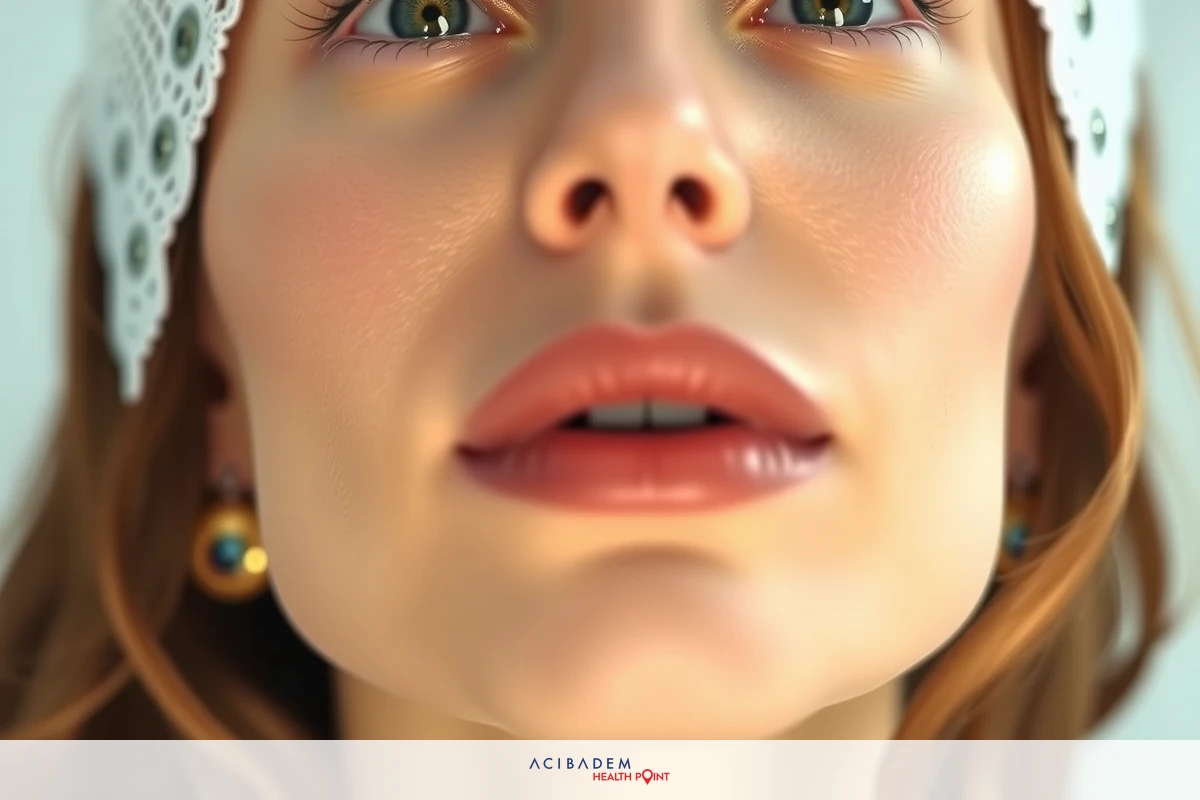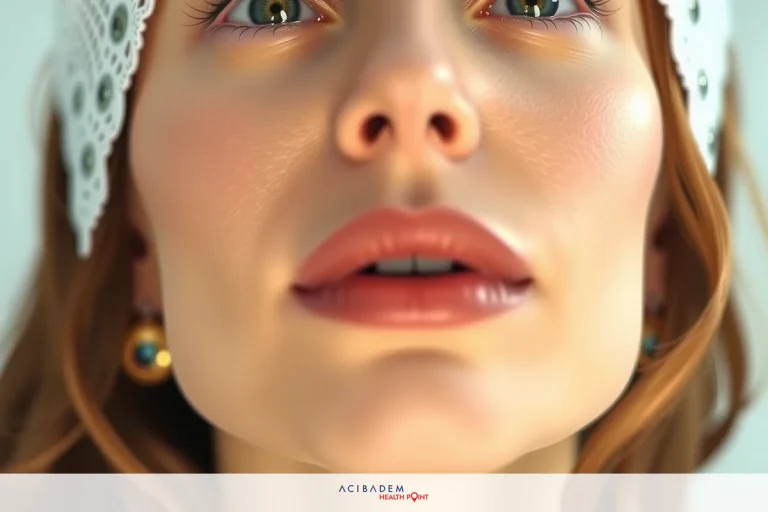How to Get Rid of Oily Nose After Rhinoplasty
How to Get Rid of Oily Nose After Rhinoplasty Rhinoplasty, indeed a transformative intervention, sometimes leaves its recipients with an unexpected souvenir: an oily nose. This post-operative reality can add another layer of complexity to the healing process. The reasons behind this phenomenon are varied, ranging from changes in skin texture due to surgical intervention, shifts in sebum production triggered by trauma or alterations in skincare routines during recovery.
Navigating these waters might seem challenging. Yet fear not; solutions exist! Various treatment strategies can help manage and even reduce the oiliness that occurs after rhinoplasty. From understanding why it happens and considering preventive measures before surgery, through exploring different therapeutic options available after surgery all these aspects will be addressed here for your benefit. Armed with this information, you’ll feel empowered on your journey towards optimum post-surgical wellness.
Causes of Oily Nose After Rhinoplasty
In the labyrinthine journey that is post-rhinoplasty recovery, an oily nose can feel like a bewildering roadblock. However, understanding its causes can pave the way for effective management strategies and treatment options. The factors contributing to this consequence are multifaceted and deeply entwined with both surgical procedures and human physiology.
One significant cause stems from alterations in skin texture following surgery. Rhinoplasty involves manipulation of nasal tissues which may disrupt normal sebum production patterns, leading to increased oiliness on the nose’s surface. Sebum our skin’s natural oil plays a vital role in maintaining hydration levels but overproduction results in that shiny appearance many wish to avoid post-surgery.
Another key factor relates back to trauma invoked by rhinoplasty itself upon delicate facial structures. This trauma triggers inflammation as part of the body’s response mechanisman act designed for healing yet ironically causing an uptick in oil production due to heightened activity within sebaceous glands located underneath your skin. Furthermore, changes made during surgical intervention could alter blood supply routes or nerve connections influencing glandular behavior hence increasing sebum output.
Changes in skincare routines may also contribute significantly towards development of an oily nose after rhinoplasty. Post-surgery instructions often involve reducing regular skincare regimen activities such as exfoliation or application of certain topical productsactions typically used for managing excess oilinessto minimize irritation while recovering tissue heals itself over time.
Remember though: knowledge is power! By understanding these various influences behind why your newly reshaped nose might seem glossier than before you embarked on this transformative journey called rhinoplasty you’re already one step closer towards finding appropriate solutions.
Treatment Options for Oily Nose
In the post-rhinoplasty landscape where an oily nose is your uninvited companion, fear not, as numerous treatment options are available to combat this issue. These strategies range from changes in skincare routines to medical interventions, all aimed at helping you get rid of that unwelcome glossiness and regain a sense of normalcy.
To start on a practical note, modifications in skincare practices can greatly contribute towards reducing oiliness. Regularly cleansing with gentle products designed for oily skin helps remove excess sebum without causing irritation or dryness. Moreover, using oil-free moisturizers ensures hydration without exacerbating the problem of excessive oil production.

Medical-grade topical treatments can also be beneficial in managing an oily nose after rhinoplasty. Retinoid creams or gels help regulate sebum production while simultaneously offering anti-aging benefits due to their collagen-boosting properties. Always seek advice from your dermatologist before starting any new skincare product post-surgery.
For those who experience persistent issues despite adopting improved skincare habits and topical treatments, medical procedures could offer a more permanent solution. Laser therapies such as Intense Pulsed Light (IPL) or Photodynamic Therapy (PDT) target overactive sebaceous glands effectively reducing their output of oil.
Lastly but importantly, lifestyle factors play a crucial role too! A balanced diet rich in antioxidants and low in saturated fats coupled with adequate hydration contributes positively towards overall skin health thereby regulating natural oil production levels across the body including our noses!
Remember: each person’s recovery journey is unique following rhinoplasty surgery so it’s essential to find what works best for you under guidance from healthcare professionals when considering these various treatment options.
Preventing Oily Nose After Rhinoplasty
As in any health-related matter, prevention often holds more power than cure. This axiom applies even to the realm of managing an oily nose post-rhinoplasty where proactive measures can help minimize the intensity of this predicament. The strategies involve a blend of pre-operative preparations, post-surgery skincare routines, and lifestyle modifications.
Before undergoing rhinoplasty, understanding your skin type is key. If you’re already prone to oiliness before surgery, discussing this concern with your surgeon opens up opportunities for preventative steps during the procedure itself such as using techniques that might mitigate potential increases in sebum production following surgery. Additionally, preparing your skin by adopting a suitable skincare routine prior to surgery may also contribute towards minimizing post-operative oiliness.
Post-surgery care plays a pivotal role in preventing an excessively oily nose. Following all guidelines provided by your healthcare professional regarding wound care and hygiene helps reduce inflammation and consequent overactive sebaceous glands. It’s also prudent to avoid aggressive treatments or products on your newly reshaped nose until it has fully healed; patience here is paramount as rushing into old skincare habits could inadvertently escalate oil production levels.
Lifestyle choices are powerful allies too when it comes to prevention! Regular exercise promotes healthy blood circulation which aids overall skin health including regulation of sebum output while ensuring adequate hydration keeps skin balanced thus reducing chances of excessive oiliness after rhinoplasty operations.
Remember: these preventive measures act like stepping stones on the path towards achieving optimum results from your transformational journey through rhinoplasty without getting bogged down by unwanted side-effects like an overly shiny new profile!
Frequently Asked Questions
Why does my nose become oily after rhinoplasty?
An increase in oiliness of the nose post-rhinoplasty can be attributed to several factors. These include changes in skin texture due to surgery, alterations in sebum production triggered by trauma, and modifications made to your skincare routine during recovery.
What are some effective treatment options for an oily nose following rhinoplasty?
There are many strategies available to manage this issue. These range from adjustments in daily skincare routines like gentle cleansing and using oil free moisturizers, topical treatments such as retinoid creams or gels under dermatologist guidance, up to medical procedures including laser therapies if required.
How can I prevent my nose from becoming overly oily after a rhinoplasty surgery?
Preventive measures involve pre-operative preparations based on understanding your skin type, proper post-surgery care following all guidelines given by healthcare professionals regarding wound care and hygiene practices while also incorporating healthy lifestyle choices that benefit overall skin health.
Will the oiliness subside over time or is it a permanent side effect of the surgery?
While every individual's healing process varies, generally speaking, the increased oiliness should gradually decrease as your body continues its recovery journey post-surgery. However persistent issues may require further consultation with a dermatologist or cosmetic surgeon.











